Mexico’s Volcano, Nevado de Toluca 15k’er
My dad and I started the day early, waking before sunrise in Mexico City and piling into a bus with our two guides and two other hikers. We stopped in Toluca for coffee, and a quick breakfast then arrived at the trailhead. You can drive much of the way up Nevado de Toluca, but that’s not what we’re doing. We’re here for the crisp January air and the longer climb that makes the eventual views even more beautiful.
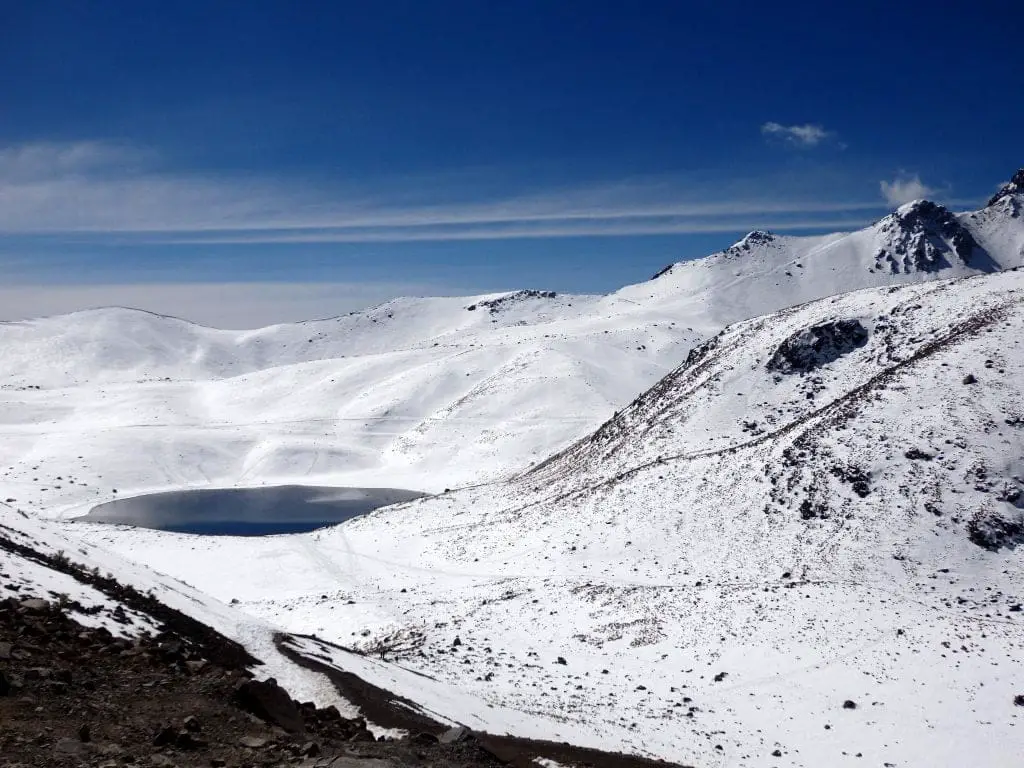
Hiking Nevado de Toluca
Nevado de Toluca (also known in Nahuatl as Xinantecatl) is a long-extinct volcano boasting two summits: 15,354-foot Friar’s Peak and 15,223-foot Eagle’s Peak.
We’re headed to neither. Instead, we’ll climb first through a forest and then through open land onto a ridge roughly 14,000 feet high, then down into a basin with two crater lakes, named for the sun and moon. We plan to walk slowly to give ourselves time to acclimatize, stopping every half hour or so for some water and snacks.
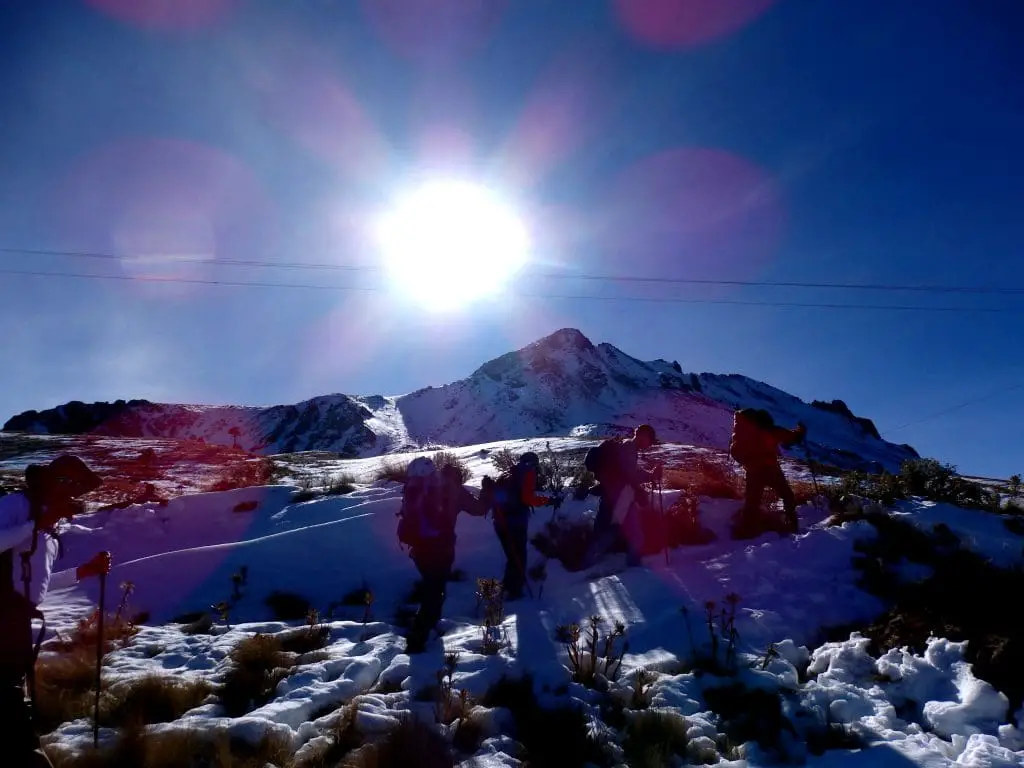
I performed only cursory research on the hike before booking the trip. From what I’d read, the altitude was no big deal, especially if you’d already spent a few days in Mexico City, as I had, adjusting to life at 7500 feet. Most people handled the hike just fine. I had extensive experience scaling peaks with much rougher terrain and steeper climbs than this one. And after all, it was just a day hike, not a truly extended stay at higher elevation. I’d be fine.
I was so wrong.
Already at only about 10,000 feet, I can feel it. I’m walking slower than I even thought possible. One section of trail leads through a patch of snow perfect for sledding, and local families are taking full advantage of it. Knee-high kids race up the hill laughing and dragging sleds, with their parents (one of whom is wearing 4-inch leopard-print stilettos) following close behind. Accustomed to the cold, thin air, every single one is moving faster than I am.
It’s after lunch (a granola bar and some water), and the guides say we’re close. The crowds of sledders have thinned and now disappeared as we’ve gained elevation. Only twenty minutes or so until we have spectacular views down onto the crater lakes. Twenty minutes uphill. I start to walk. My breath comes short and fast despite what should be an easy climb. My legs turn into useless columns of lead. My skull seems to have shrunk several sizes, and my brain throbs against it in complaint. Nausea builds in my stomach, and my eyes are so puffy they’re barely open.
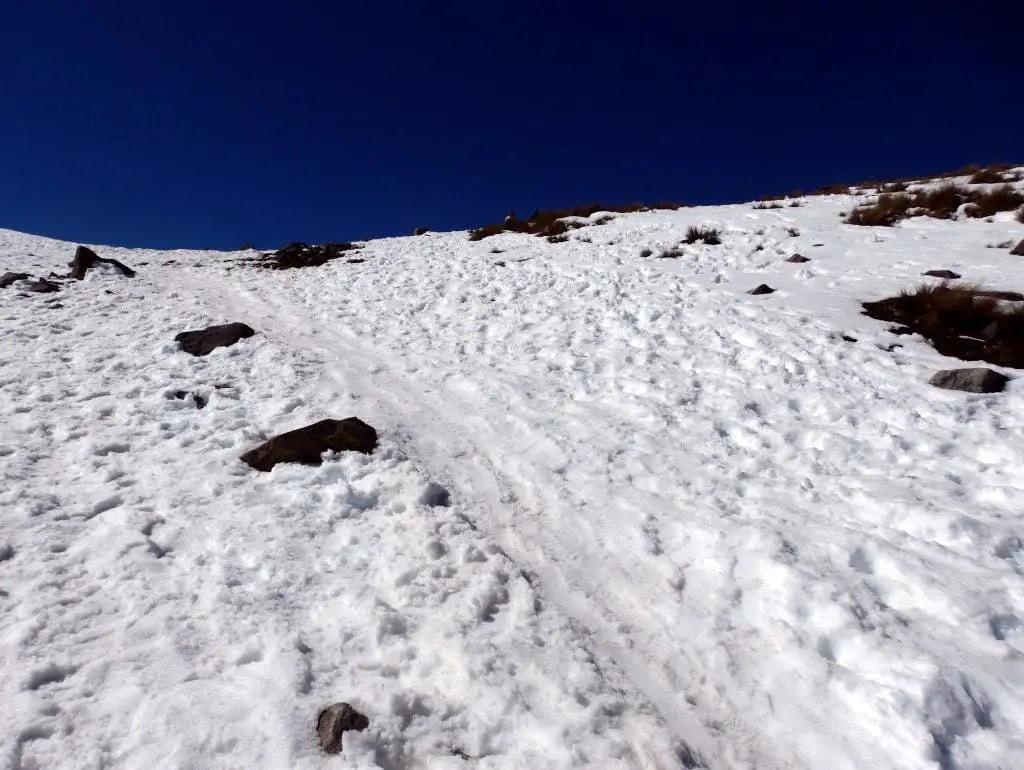
It’s embarrassing to be the only one struggling with something. Our guides are fine, of course, completely used to the altitude. My dad and the two other hikers in our group are more or less fine too. Breathing a little harder, walking a little slower, but overall functional. And there I am half-conscious.
Altitude sickness is an unpredictable thing; it affects everyone differently.
Kind of like Harry Potter’s dementors, cloaked creatures that suck the happiness right out of you. Some people encounter a dementor and just feel a little cold. Others become gloomy, and their minds replay an endless loop of bad memories. Unpleasant, sure, but nothing too dramatic. And then there’s Harry: passed out and screaming on the floor of the Hogwarts Express as he relives the murder of his parents. Here on the quiet, cold slopes of Nevado de Toluca, I’m Harry–encountering a dementor for the first time and feeling utterly defenseless.
I don’t know why I’m still walking, why I don’t just say, “Hey, I’m not feeling well and need to turn around.” At the very least, I could stay put and not venture any higher.
It’s a cardinal rule of the outdoors: respect the mountain.
Instead, I forge ahead with relentless stubbornness, the kind of stubbornness that’s great—keeps you pushing ahead and challenging yourself—until it almost kills you. One step, then another, with the snow crunching underfoot. We reach the crest of the hill and look out on the snow-covered caldera framed by its two peaks. Like an enormous white bowl, someone scooped out of the mountains. Maybe, it’s delirium talking, but I think it’s one of the most beautiful places on earth.
We’re planning to hike down and rest a bit by the lakes. “Cool,” I say. “Go on ahead; I’ll catch up.” The others slowly vanish, and I collapse on the ridge. This is when my guardian angel Maya makes an appearance. She noses at me and whines, then sits in the snow until I finally stir. “Okay, I’m up,” I grumble, in a tone my mom would recognize from when she used to try to wake me up for high school. “I’m up; I’m going.” And I follow my hiking group down into the caldera, where the lakes glitter like sapphires embedded in white marble.
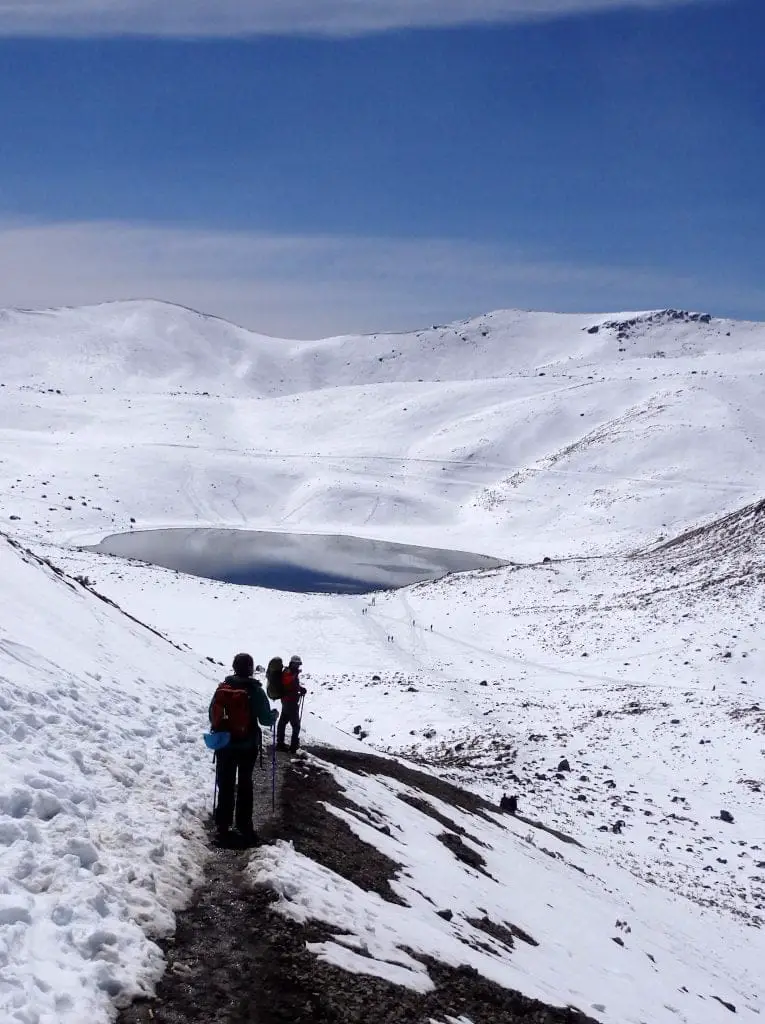
When I tell friends this story later, they don’t believe me. “A dog came to your rescue, yeah right.” I flip through my phone’s pictures for proof, and there she is Maya, the dog who sat steadfastly by me in the snow and stayed until I struggled to my feet again. My memories of the encounter are foggy, but in the photo, Maya is clear as day. Even when I’m delirious, snapping cute dog pics is still a top priority.
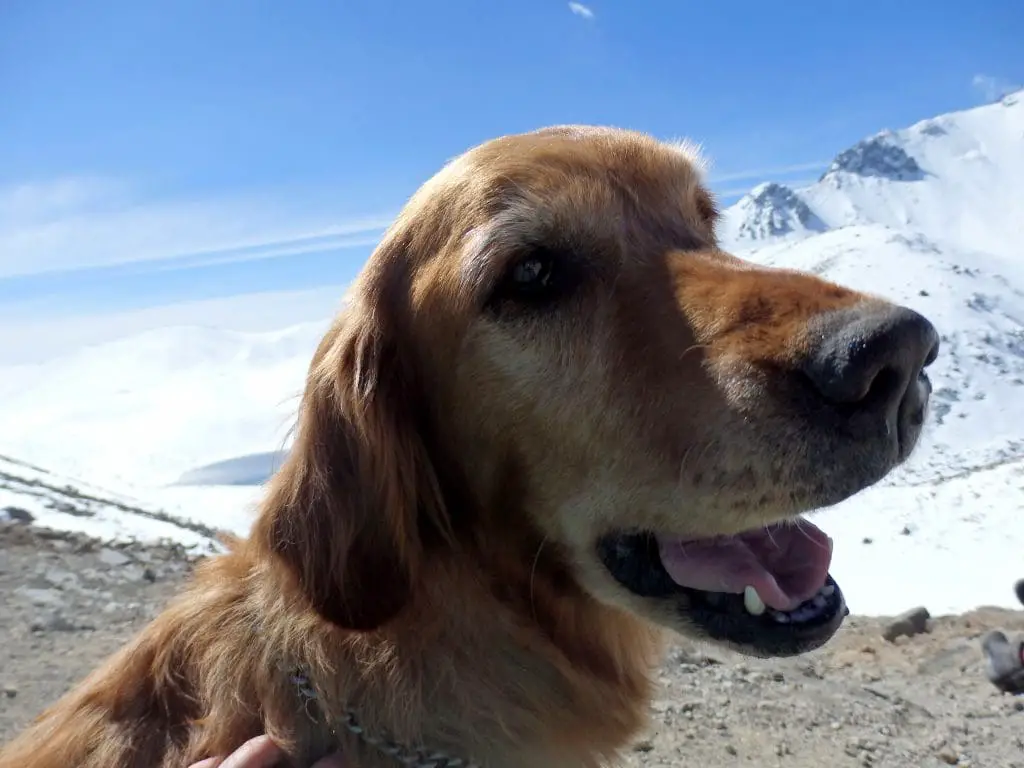
The way back down is faster; I run and slide down on the snow as if skiing, without the skis.
Then we’re back on a wide dirt path, skirting the side of the mountain. Back on narrow trails moving through the forest. We pass the broad snowy slope used for sledding; by now, everyone has headed home. At some point, I threw up. And finally, we’re back in the van, driving toward Toluca and dinner. But the mountain isn’t quite done with me yet.
We order taco soup as an appetizer, and it would be delicious if I could manage to sit upright in my chair and hold my spoon. Turns out I can’t, so I excuse myself to the bathroom upstairs. Across the hall from the bathroom is a dark room full of tables and chairs, extra space for the restaurant on especially busy evenings. It’s irresistible. I push three chairs together, lie down across them, and close my eyes.
I’m awoken by hushed voices and light footsteps. A group of children has found me and is wondering what I’m doing there. My Spanish skills are rudimentary even with a fully functional brain, and the only word I catch is muerta, “dead.” I peel open my terrifyingly swollen eyes and rasp out that everything is fine, I’m not muerta, merely dormida. The kids nod sympathetically as if it’s perfectly normal for random women to take naps in restaurant spare rooms and return downstairs.
The wilderness is a wonderful teacher. Usually, the lessons are fun: how to use a new piece of gear, how to cook something delicious on a camp stove, how to move efficiently across a boulder field. Today, the lesson is painful and humbling: know your limits. I plan to return to Nevado de Toluca someday and to visit some of Mexico’s other stunning peaks. There will be more high-altitude hikes in the future. Next time, I’ll be prepared.
Pin It! – Save this pin on Pinterest & Share it!
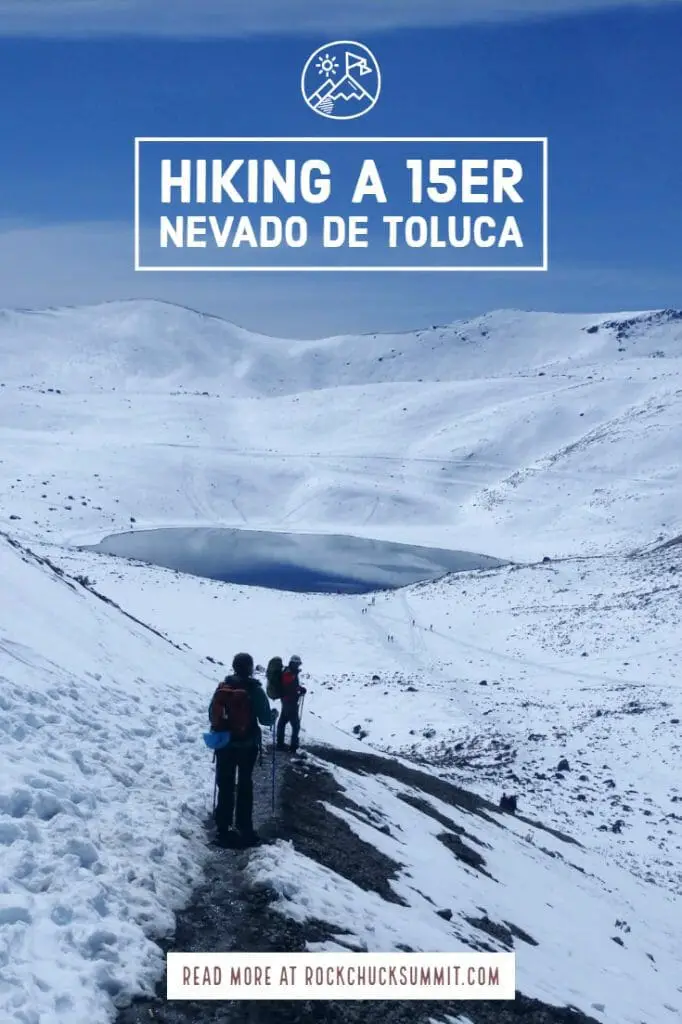


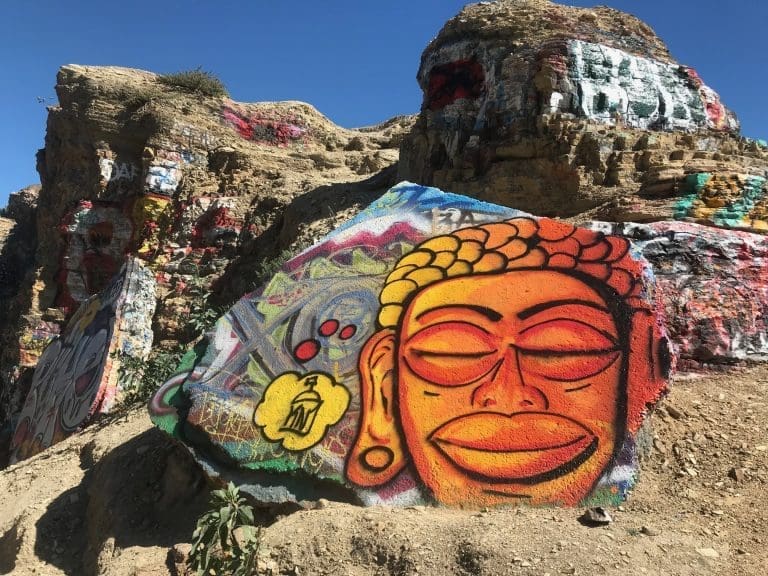


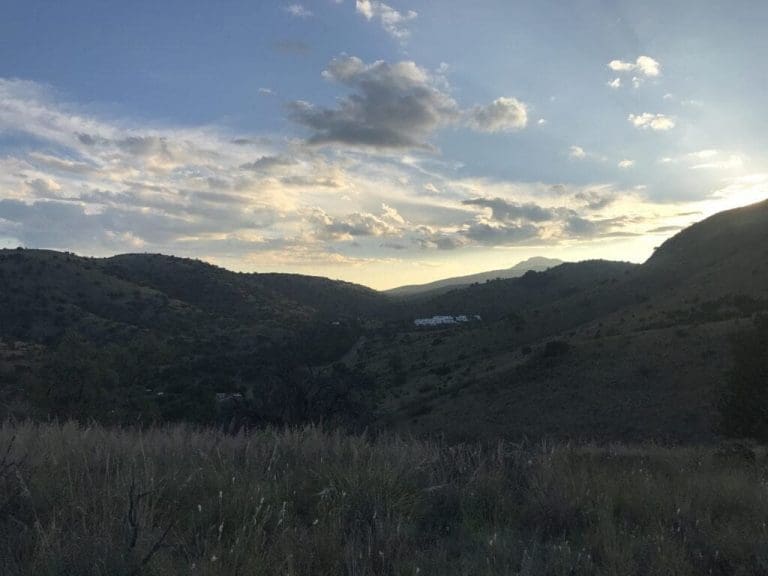
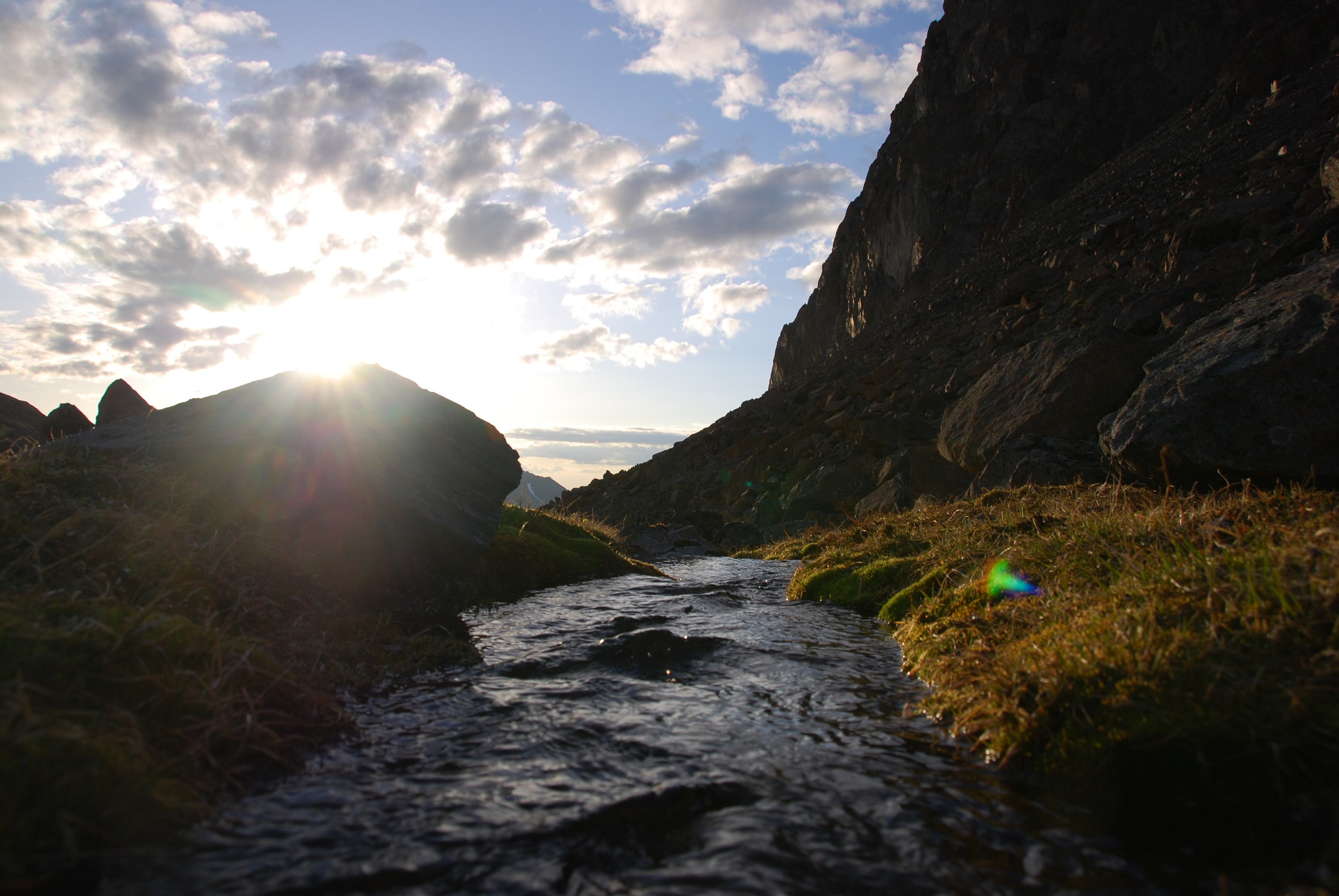
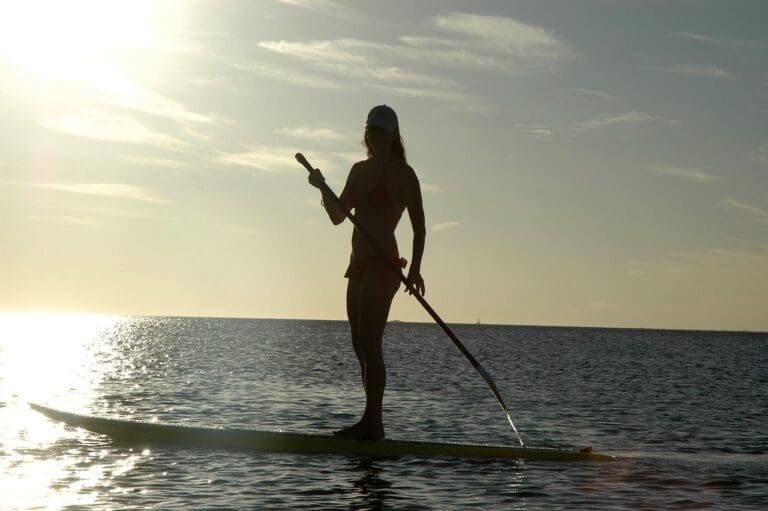
I saw your tweets and thought I will check your website. Have to say it looks very good!